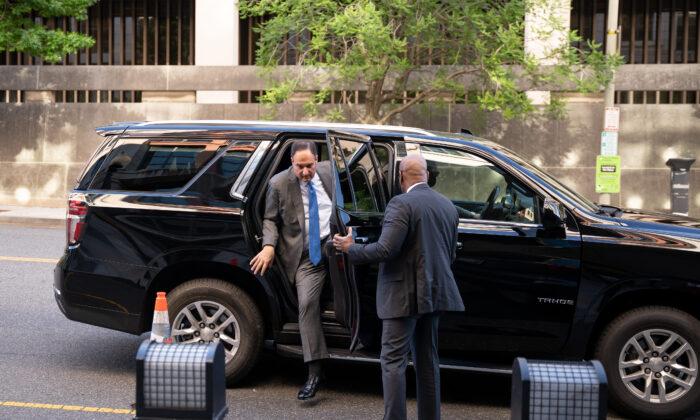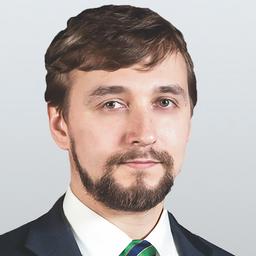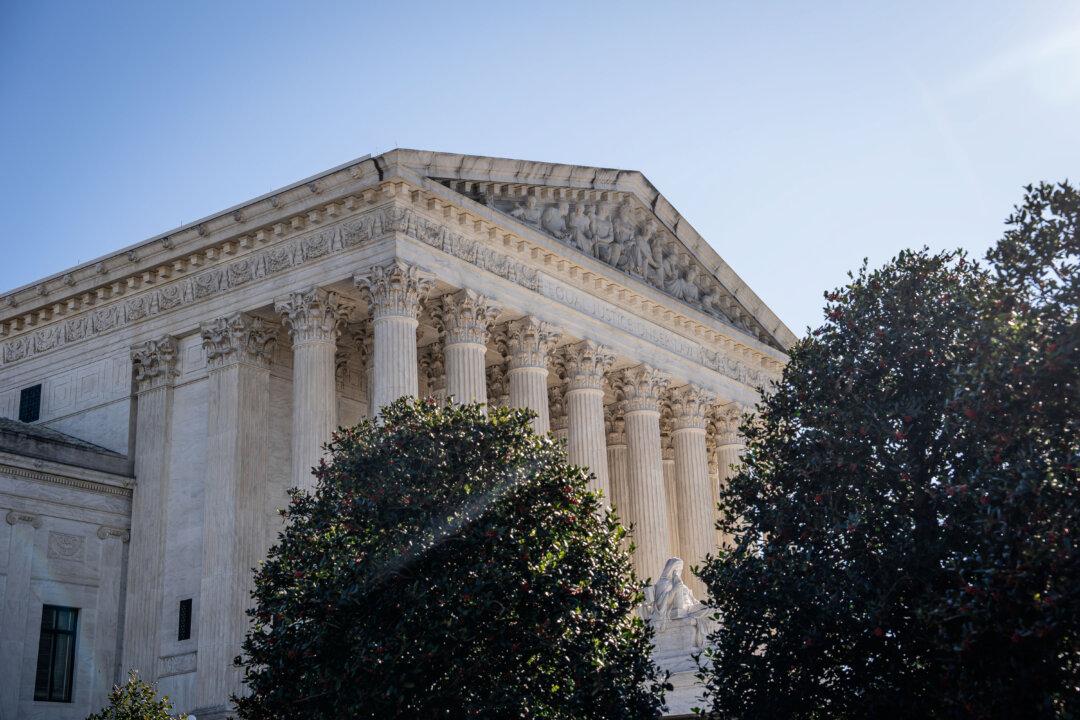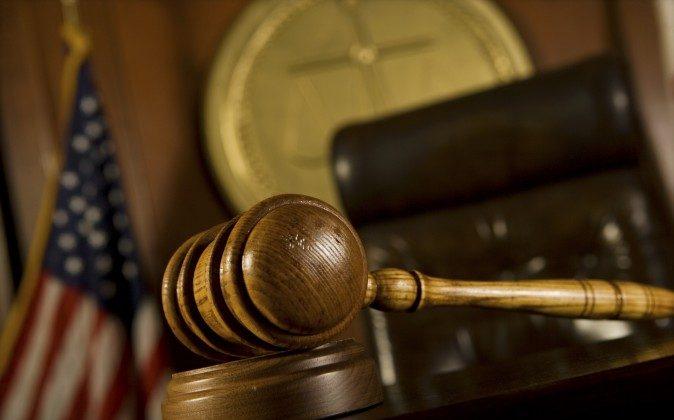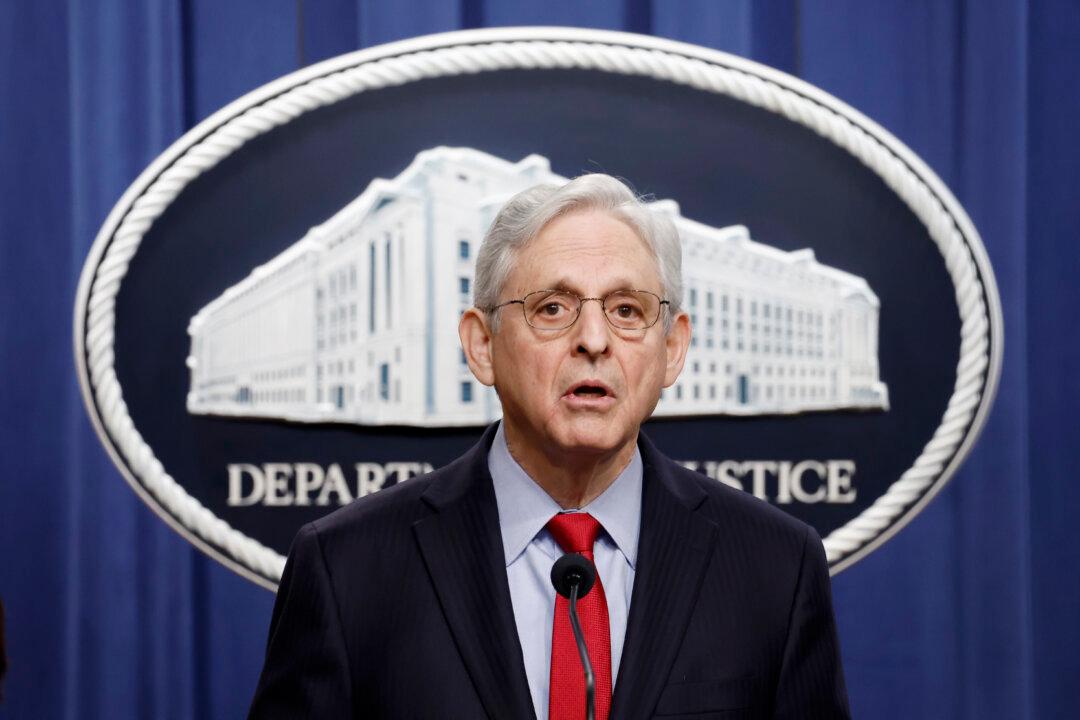A lawyer representing Democrats proposed alterations to an FBI statement on the hacking of the Democratic Congressional Campaign Committee (DCCC) to avoid undermining the narrative from his clients, according to emails released as part of the trial of former Hillary Clinton campaign attorney Michael Sussmann.
FBI officials in mid-2016 were drafting a statement regarding an alleged intrusion into the DCCC network and sent the draft to Sussmann, a lawyer representing the DCCC, the Democratic National Committee (DNC), and other Democrats.
Sussmann zeroed in on the first sentence, which he said seemed to undermine what the DCCC was saying about the reported intrusion.
“The draft you sent says only that the FBI is aware of media reports; it does not say that the FBI is aware of the intrusion that the DCCC reported. Indeed, it refers only to a ‘possible’ cyber intrusion and in that way undermines what the DCCC said in its statement (or at least calls into question what the DCCC said),'” Sussmann said.
Sussmann proposed changing the press release from saying the FBI is aware of reporting on “a possible cyber instruction involving the DCCC” to saying the bureau “is aware of the cyber intrusion involving the DCCC that has been reported in the media and the FBI has been working to determine the nature and scope of the matter.”
Trainor said the proposed alterations were fine.
“We try to really limit what we see and not acknowledging too much but the below edits are fine and we will send out,” Trainor said.
The bureau ended up using language similar to that offered by Sussmann, telling news outlets that it was “aware of media reporting on cyber intrusions involving multiple political entities, and is working to determine the accuracy, nature, and scope of these matters.”

According to the indictment of several Russian nationals brought by special counsel Robert Mueller, the alleged Russian conspirators gained access to the DCCC network on April 12, 2016. That same day, then-FBI Director James Comey held a meeting with senior FBI officials to discuss how to execute a “credible ... conclusion” of the FBI investigation into Clinton’s use of an unauthorized private email server to conduct government business.
Sussmann messaged Trainor, questioning the “significance of this announcement” and requesting the bureau consult with him before making public statements about the DNC case.
Trainor apologized, agreeing that when the FBI makes statements “we need to be in lock step with victims and partners.”
Trainor said the statement was an attempt to “respond in a more authentic way” and that the bureau intended to “be equally cooperative partners as we navigate this matter.”
“Thank you for that explanation. You can understand how the statement was confusing to us,” Sussmann said. “Please try to keep us informed if the FBI says anything else publicly about its investigation.”
Sussmann was close to the FBI for years and had a badge that allowed him access to the bureau’s headquarters. Sussmann used the badge to gain entry on Sept. 19, 2016, when he handed over sketchy allegations against Trump to FBI lawyer James Baker.
